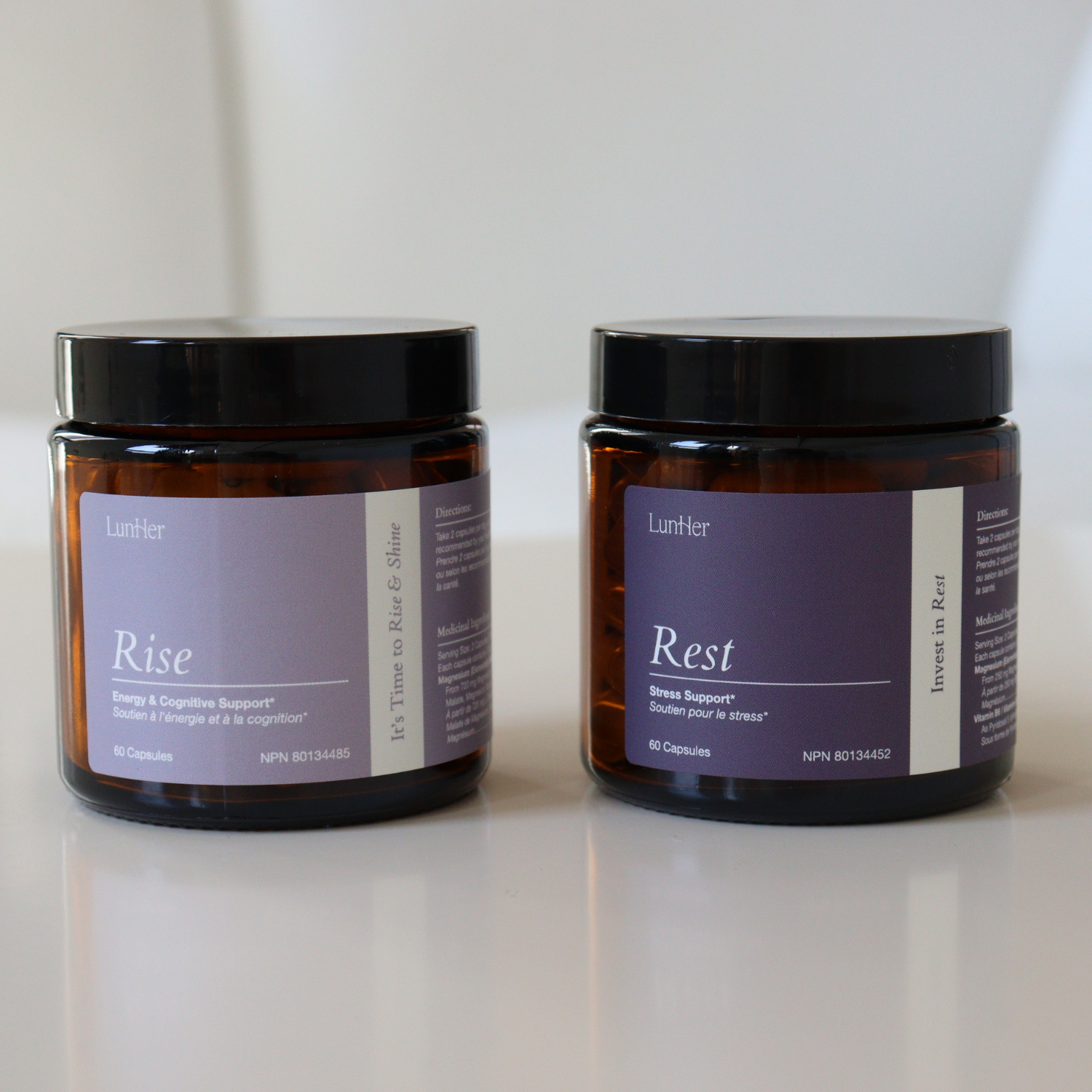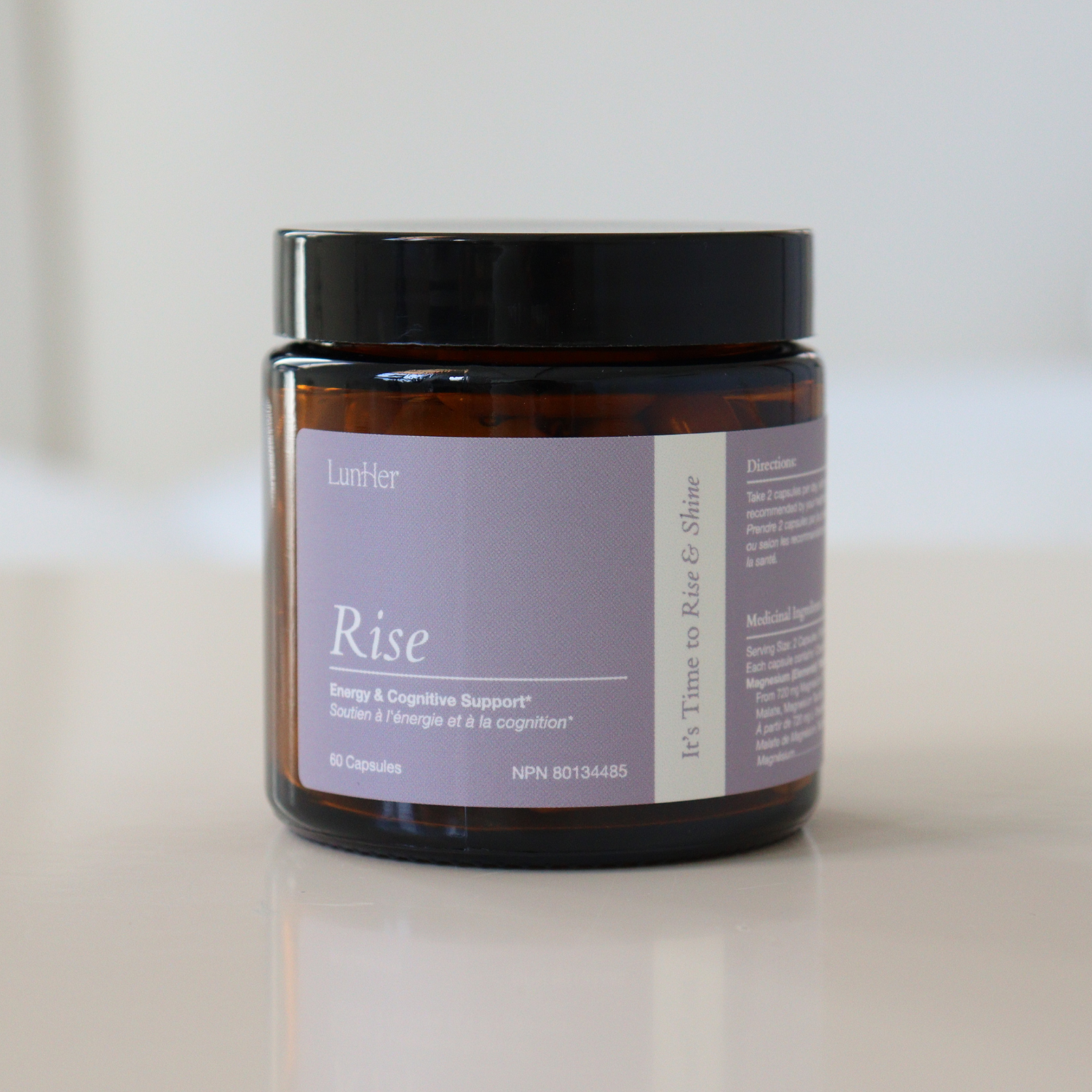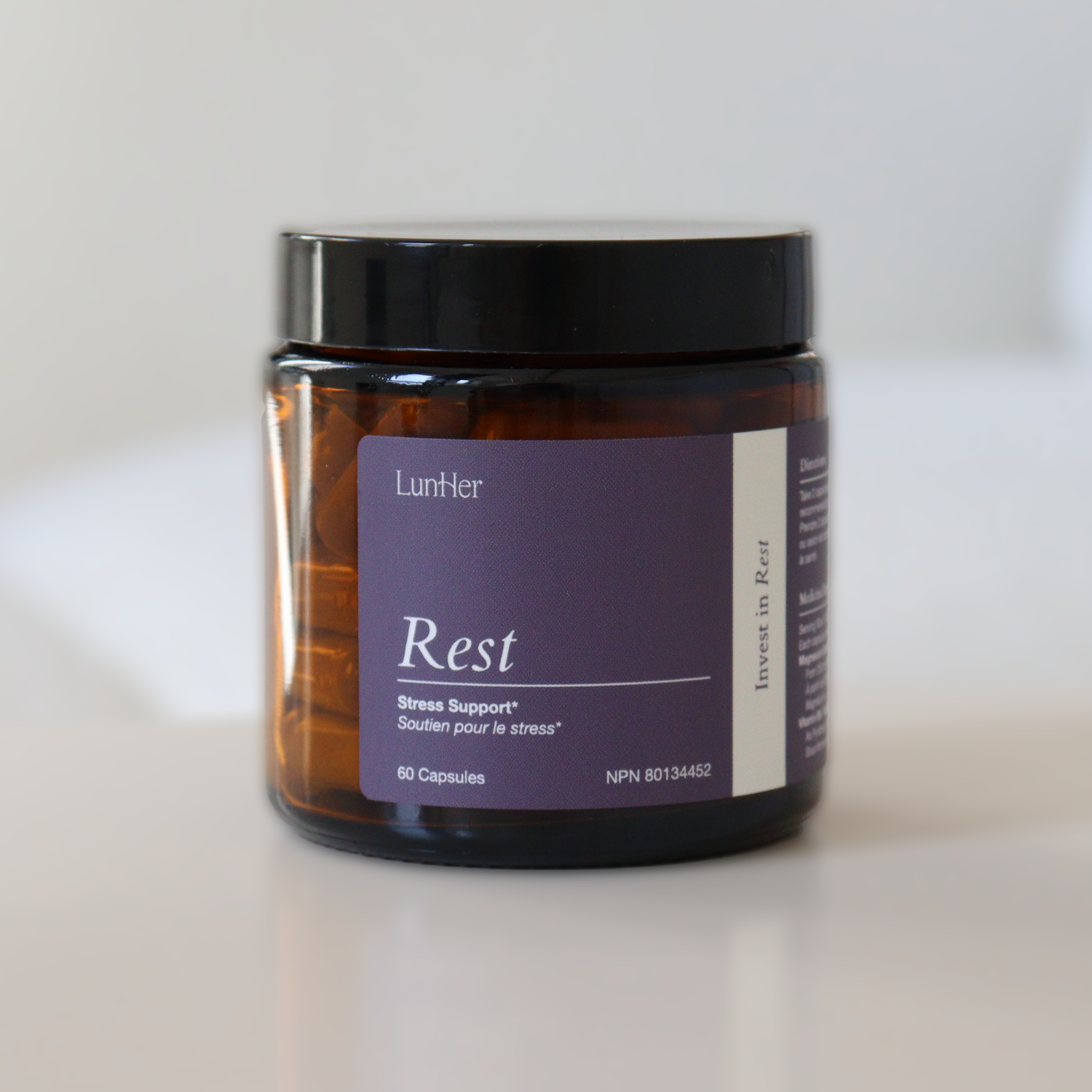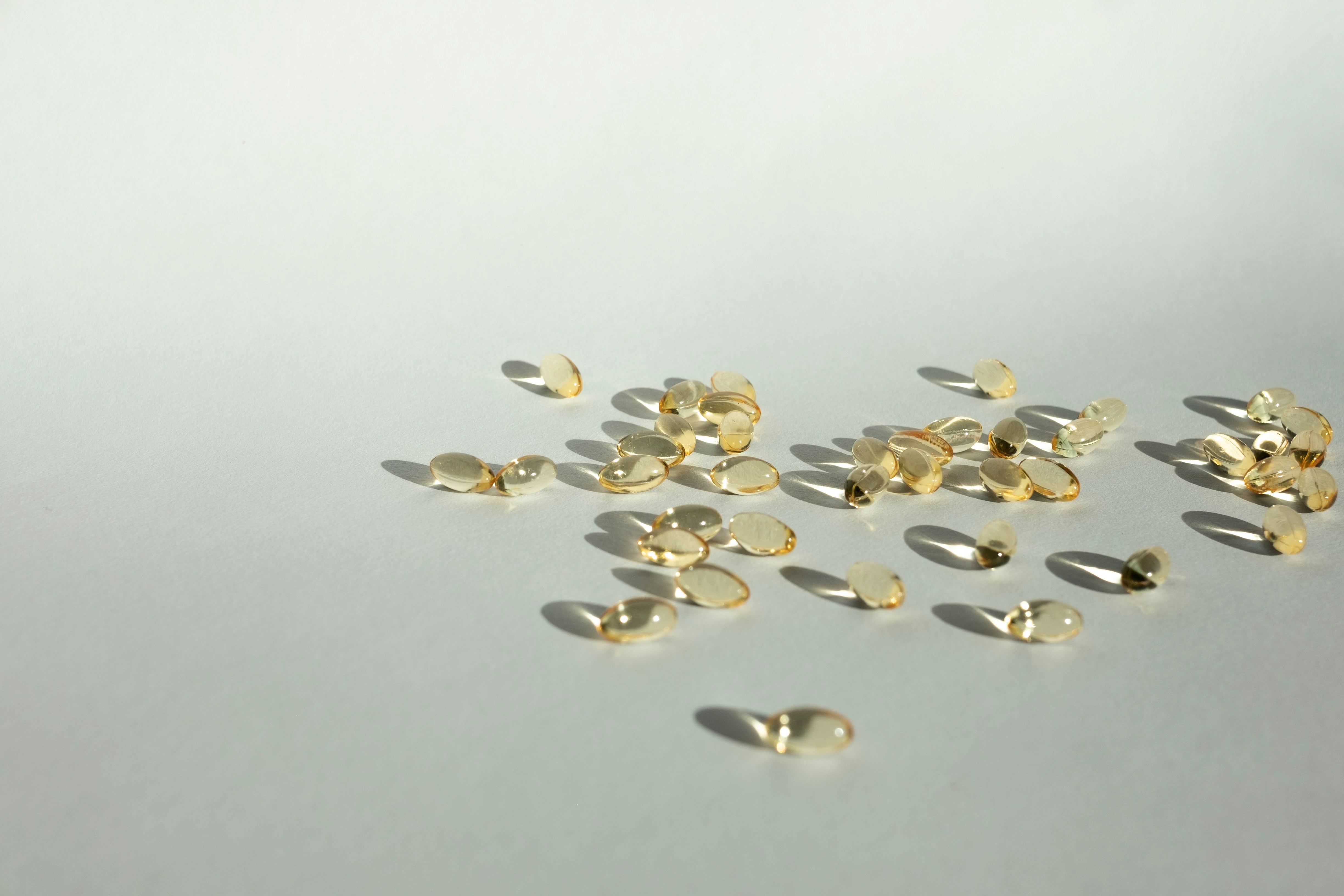Article: Cycle Syncing: How to make your period work for you

Cycle Syncing: How to make your period work for you
Have you wondered why you feel gloomy one day and lighter the next? Your energy, sleep, mood, appetite, creativity, social engagement, productivity etc… can fluctuate from hormone levels changing throughout the four phases of your menstrual cycle.
Enter cycle syncing – the concept of 'syncing' your lifestyle and habits with these different phases to be more in-tune with your body and to optimize how you might feel. The goal is to take advantage of the unique strengths and understand what each phase may bring, in order to foster improved cycles and wellbeing.
While it hasn't been studied, the practice is gaining popularity – even Nike has released a 'cycle syncing' section on their workout app. Results can vary from person to person.
Learn more about cycle syncing, including the phases of the menstrual cycle, how to get started – and the LunHer take on it.
The Four Phases and Syncing
1) The Menstrual Phase
The cycle begins with the menstrual phase, which is when you begin spotting or bleeding; and usually lasts 3 to 8 days. Hormone levels stay low, which will lower energy and productivity levels. It's also common to experience premenstrual (PMS) symptoms physically, mentally and emotionally, which may include:
- Cramps and pain as the uterus contracts to release its lining. Cramps may occur in the abdomen, back, or thighs
- Headaches and fatigue from hormone fluctuations. Some people experience migraine headaches
- Bloating and fluid retention due to hormones
- Food cravings, especially for salty, sweet, or fatty comfort foods.
- Diarrhea or constipation from prostaglandin release
- Heavy bleeding and clotting for some women. Others may have light periods
- Mood swings, irritability, depression, or anxiety due to hormone changes
The menstrual phase is a time to slow down if possible and to listen to your body. It's also important to:
- Prioritize rest and reflection - don't over-exert yourself with too much activity or commitments
- Practice self-care and rituals that bring you comfort
- Exercise can be beneficial but take a break if that's what your body needs. The increase of blood flow can help reduce cramping, but try swapping in more gentle activity like yoga or walks.
- Replenish your body with sleep and nutrition. It's recommended to eat foods rich in iron, magnesium, omega-3s, vitamin B12, as well as adequate protein, fiber, healthy fats and other nutrients
- Stay hydrated to reduce bloating
- Avoid excess caffeine or sugars, which can exacerbate cramps and mood issues
2) The Follicular Phase
Follicular phase is when your body prepares for ovulation and usually lasts around 13-17 days. Your hormone levels begin to rise, causing an uplift in energy, mood and productivity.
Make the most of the positive effects with:
- Try new things or creative projects
- Use the boost in energy for your regular exercise routines
- During this time, nutrition is important to support your body ahead of ovulation – it's recommended to prioritize fiber, fermented foods, zinc-rich foods (eggs and whole grains)
- Stay hydrated
3) The Ovulatory Phase
Ovulation is when your follicle releases an egg at the midpoint of your cycle, and it usually lasts around 24 hours. Your hormone levels reach peak levels of the cycle, and this is when most will feel their best. It's common to feel increased energy, libido, motivation, creativity and sociability during this time.
This is a good time for:
- Social plans
- More vigorous exercise and tackle PRs – the spike in testosterone will boost your exercise performance and muscle strength. Try HIIT or more intense strength training and cardio, or dance classes
- More challenging projects at work
-
Anti-inflammatory foods with plenty of B and D vitamins, such as lean proteins, almonds, flaxseed, chia seeds, whole grains, legumes to name a few.
4) The Luteal Phase
Luteal phase is when your body prepares for menstruation and this usually lasts 10 to 16 days. Hormone levels begin decreasing, assuming pregnancy has not occurred. It is common to experience the onset of PMS symptoms, as well as decreasing energy, mood and productivity levels.
With the declining hormone and energy levels, it's important to:
- Prioritize self-care and relaxation
- Listen to your body and track the physical, mental, emotional symptoms you may experience
- Focus on simpler tasks and commitments, if possible
- Exercise can feel harder so take a break or try a reduced version of your workout routine, or low-impact exercises like pilates and strength training
- Foods rich in heart-healthy fats and complex carbs to help boost serotonin and combat increased appetite or food cravings – try walnuts, avocados, beans, sweet potatoes
Note that people using contraceptives (such as pills, the patch, a vaginal ring, injection, an implant or IUD) may continue to undergo the four phases and experience symptoms, even if your ovulation and/or menstruation may be suppressed. It's also important to note that the length of each phase and the overall cycle can vary for each woman.
So how do you start cycle syncing?
Start by tracking your cycle and each phase. Listen to your body and document how it changes throughout with a smartphone app or journal. Because each body is different, this data can help you recognize your patterns and begin adjusting your habits accordingly. It's recommended to take at least three months for tracking and to feel the effects.
What's the LunHer take on it?
Ultimately, cycle syncing is all about listening to your body physically, mentally, emotionally and honoring its needs through the cycles of life. It's being more in-tune with our body's limitations and drawing intention with when and how we exert ourselves. It's also based on the premise that your period is only one part of your cycle, and granting ourselves the permission to rest.
These coincide with the LunHer ethos and can help improve your wellbeing – so why not give it a shot?




